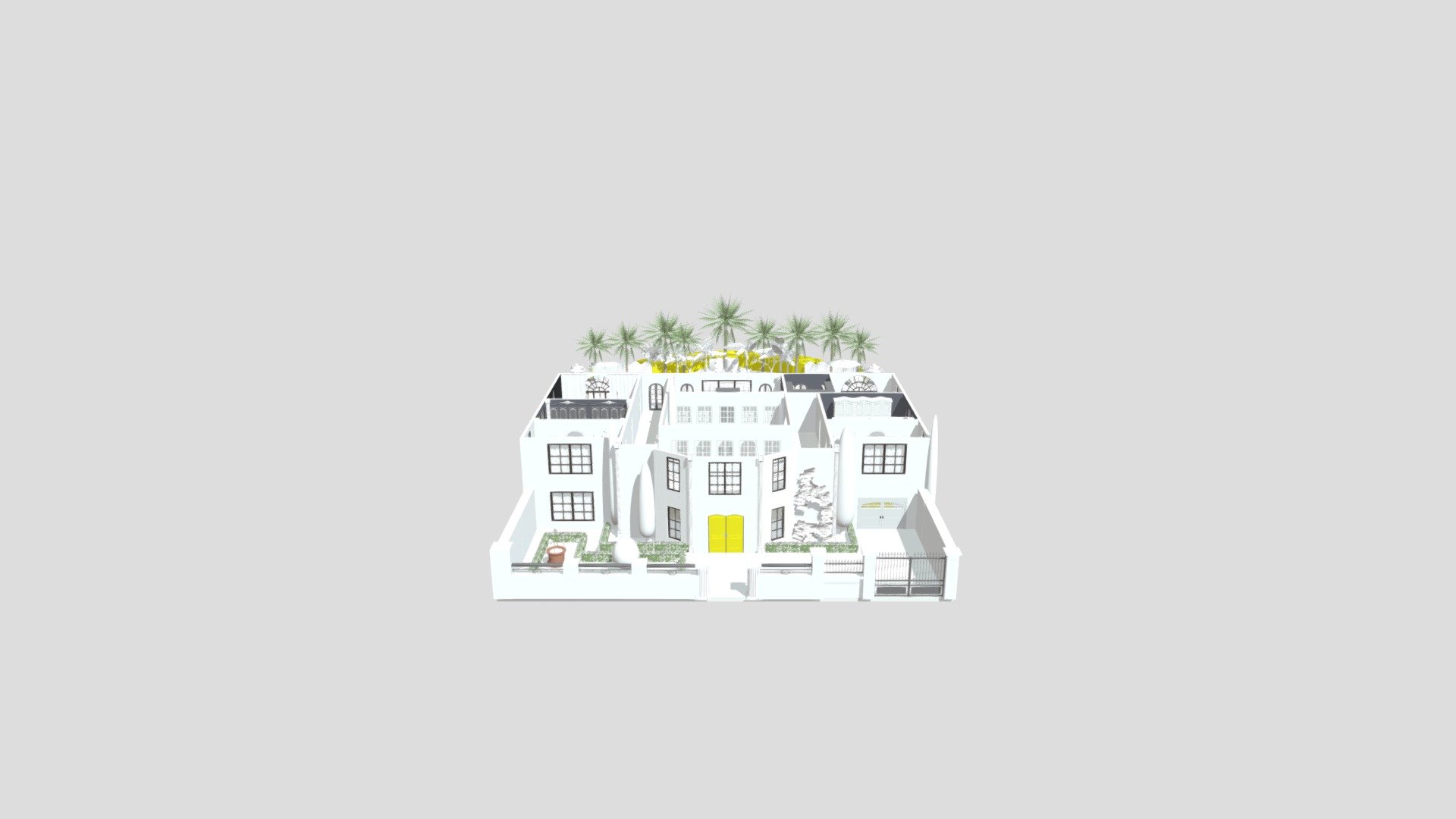

#Arcon domus 3d gratis windows
Filtered Token: When a user who has administrative or other powerful privileges or group memberships logs on, Windows creates two access tokens to represent the user account.(This same-user elevation feature is also known as Admin Approval Mode.) Programs can also be started with elevated rights by using a different user account so that an administrator can perform administrative tasks on a standard user's desktop. By combining elevation with UAC's Filtered Token feature (see the following bullet point), administrators can run programs with standard user rights and then elevate only those programs that require administrative rights with the same user account. Same-desktop Elevation: When an authorized user runs and elevates a program, the resulting process is granted more powerful rights than those of the interactive desktop user.This enables many applications that required administrative rights on earlier versions of Windows to run successfully with only standard user rights on Windows Server 2008 and later versions. File and Registry Virtualization: When a legacy application tries to write to protected areas of the file system or of the registry, Windows silently and transparently redirects the access to a part of the file system or of the registry that the user is allowed to change.

These technologies include the following: UAC includes several technologies to achieve this. UAC was designed to help Windows users move toward using standard user rights by default.


 0 kommentar(er)
0 kommentar(er)
